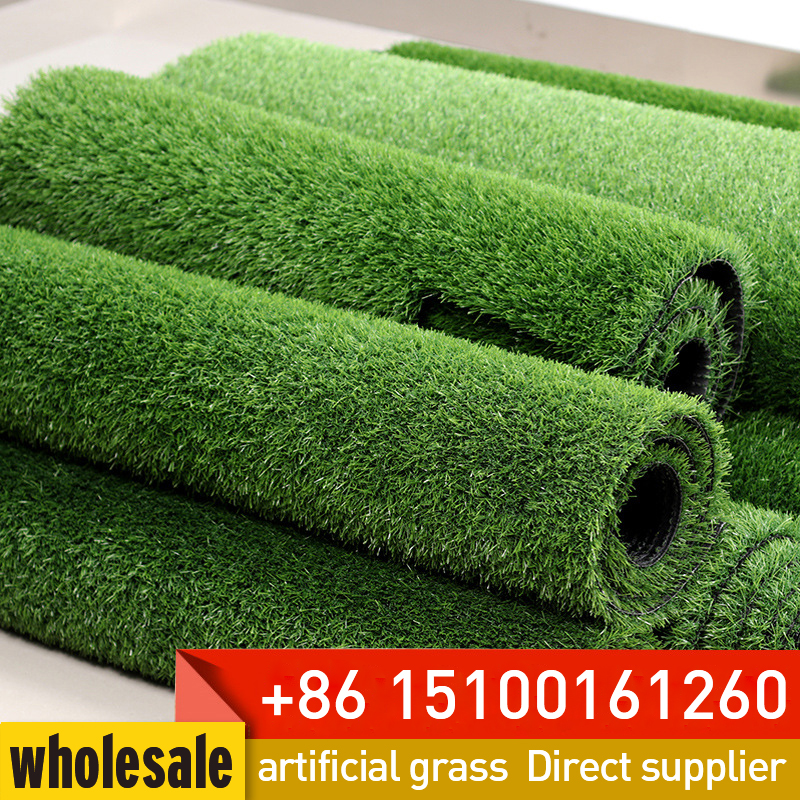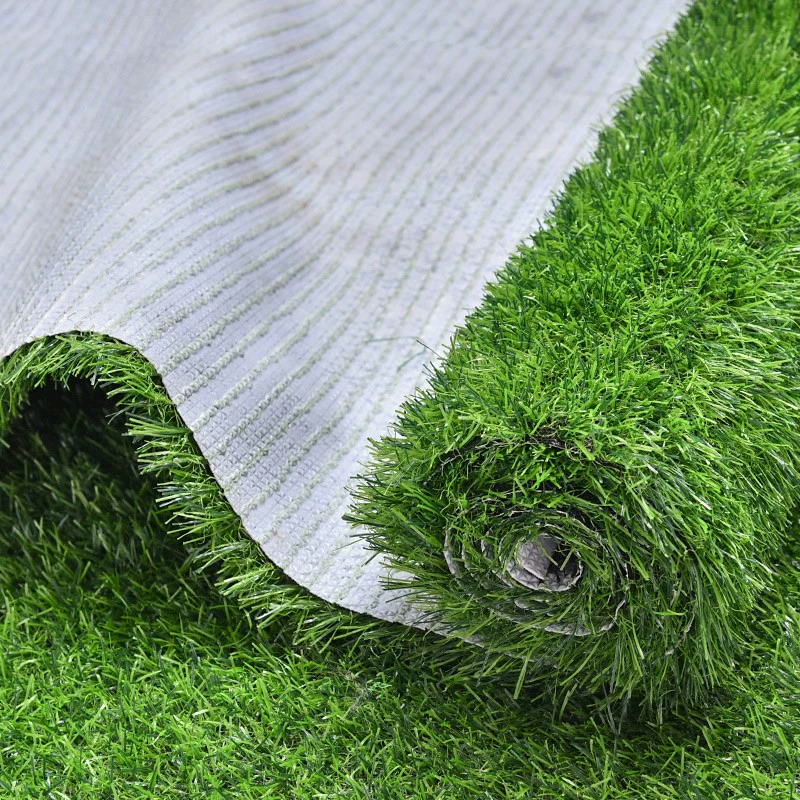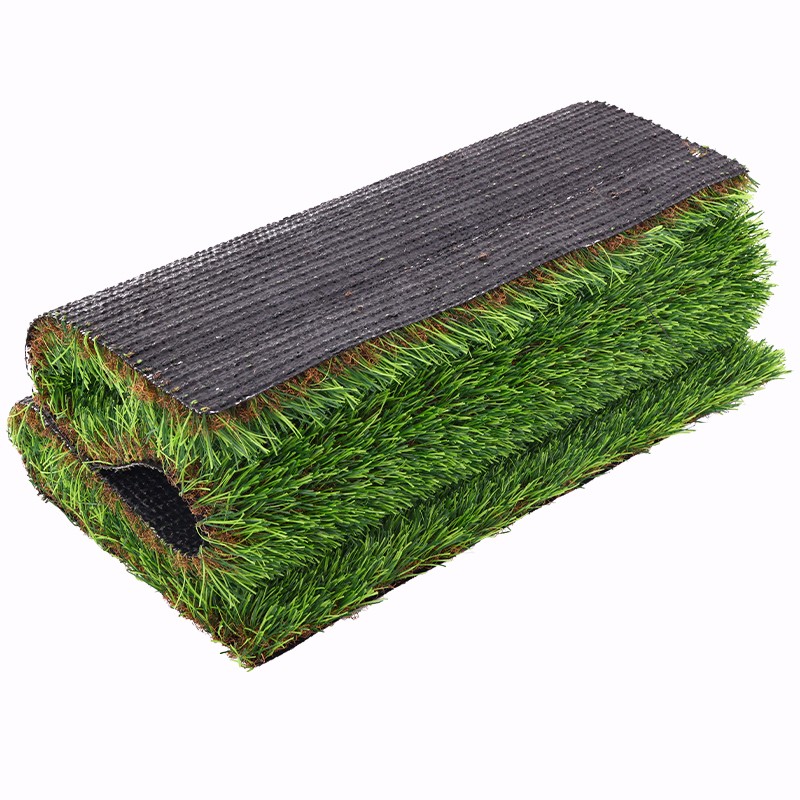
Preventing artificial turf from melting requires careful consideration of factors like sunlight exposure, reflective surfaces, and heat generation. Here are several steps you can take to safeguard your artificial grass from melting:
1. Choose Heat-Resistant Artificial Grass:
When selecting artificial turf, opt for products that are designed to withstand high temperatures. Look for turf with heat-resistant fibers and backing materials.
2. Create Shade:
Position shade structures, such as pergolas, umbrellas, or shade sails, over areas with high sun exposure. This helps to reduce the direct sunlight on the turf, minimizing the risk of melting.
3. Use Low-Energy Reflective Materials:
Avoid using reflective materials like aluminum near the turf. Reflective surfaces can amplify sunlight and heat, increasing the risk of melting. Instead, choose low-energy reflective materials.
4. Plant Trees and Shrubs:
Planting trees, shrubs, and other vegetation around the area can provide natural shade and reduce the intensity of sunlight on the artificial grass.
5. Apply Window Film:
If there are windows nearby that could reflect intense sunlight onto the turf, consider applying window film to reduce glare and heat reflection.
6. Install Awnings or Canopies:
Install retractable awnings or canopies that can be extended over the turf during peak sunlight hours. This provides instant shade and protection.
7. Apply Permeable Pavers:
Use permeable pavers or natural stone pathways in areas that receive intense heat. These materials absorb less heat than traditional paving and reduce heat transfer to the turf.
8. Use Heat-Reflective Infill:
If your artificial grass requires infill, consider using a heat-reflective infill material. This can help dissipate heat and reduce the risk of melting.
9. Water the Turf:
Sprinkle water on the turf during the hottest parts of the day to cool down the surface temperature. This is a temporary solution that can provide relief from heat stress.
10. Time Outdoor Activities:
Plan outdoor activities during cooler parts of the day to minimize the heat exposure on the artificial grass.
11. Regularly Inspect Surroundings:
Regularly check for reflective surfaces, such as windows, mirrors, or glass objects, that could direct concentrated sunlight onto the turf. Adjust or remove these items if necessary.
12. Properly Space Plants:
If you’re adding plants or shrubs near the artificial turf, make sure they are appropriately spaced to avoid creating areas of intense shade and sunlight.
13. Monitor Nearby Equipment:
Be cautious of heat-emitting equipment or appliances nearby, such as grills or fire pits, as these can generate high temperatures that may affect the turf.
By taking these preventive measures, you can help protect your artificial turf from melting and ensure its longevity and visual appeal in various weather conditions.










